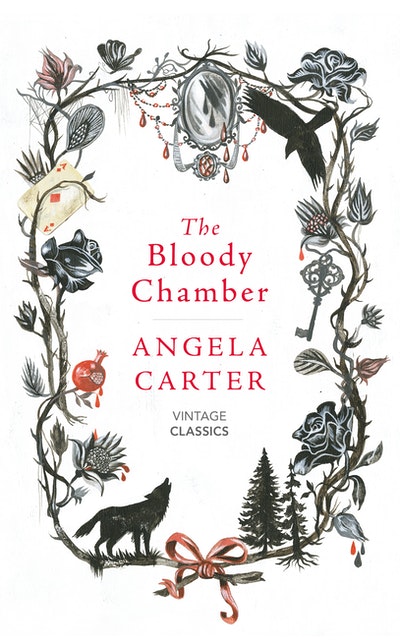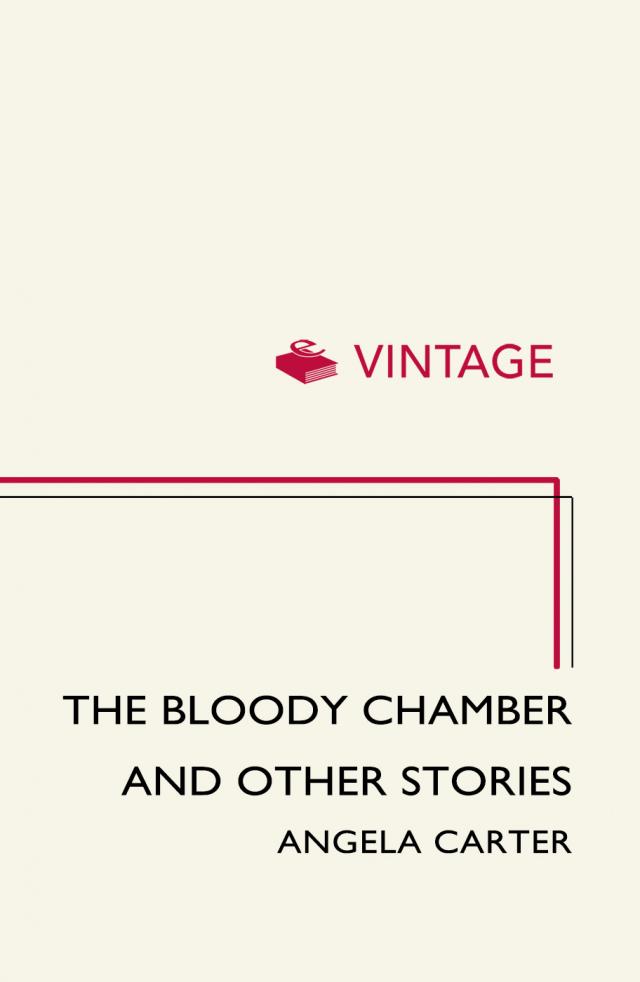


The Bloody Chamber is like a multifaceted glittering diamond reflecting and refracting a variety of portraits of desire and sexuality - heterosexual female sexuality - which, unusually for the time, 1979, are told from a heterosexual female viewpoint. When, in her second collection, The Bloody Chamber, she continued in this Gothic mode but with narratives suggested by traditional west European fairy tales, she found she had conjured up an exotic new hybrid that would carry her voice to a wider audience than it had reached before. She drew a sharp distinction between what she described as "those fragments of epiphanic experience which are the type of the 20th-century story", and the "ornate, unnatural" style and symbolism of her favoured form, the tale. As Angela Carter made clear, "My intention was not to do 'versions' or, as the American edition of the book said, horribly, 'adult' fairy tales, but to extract the latent content from the traditional stories and to use it as the beginnings of new stories." She knew from the start that she was drawn to "Gothic tales, cruel tales, tales of wonder, tales of terror, fabulous narratives that deal directly with the imagery of the unconscious".

In fact, these are new stories, not re-tellings. The Bloody Chamber is often wrongly described as a group of traditional fairy tales given a subversive feminist twist.


 0 kommentar(er)
0 kommentar(er)
